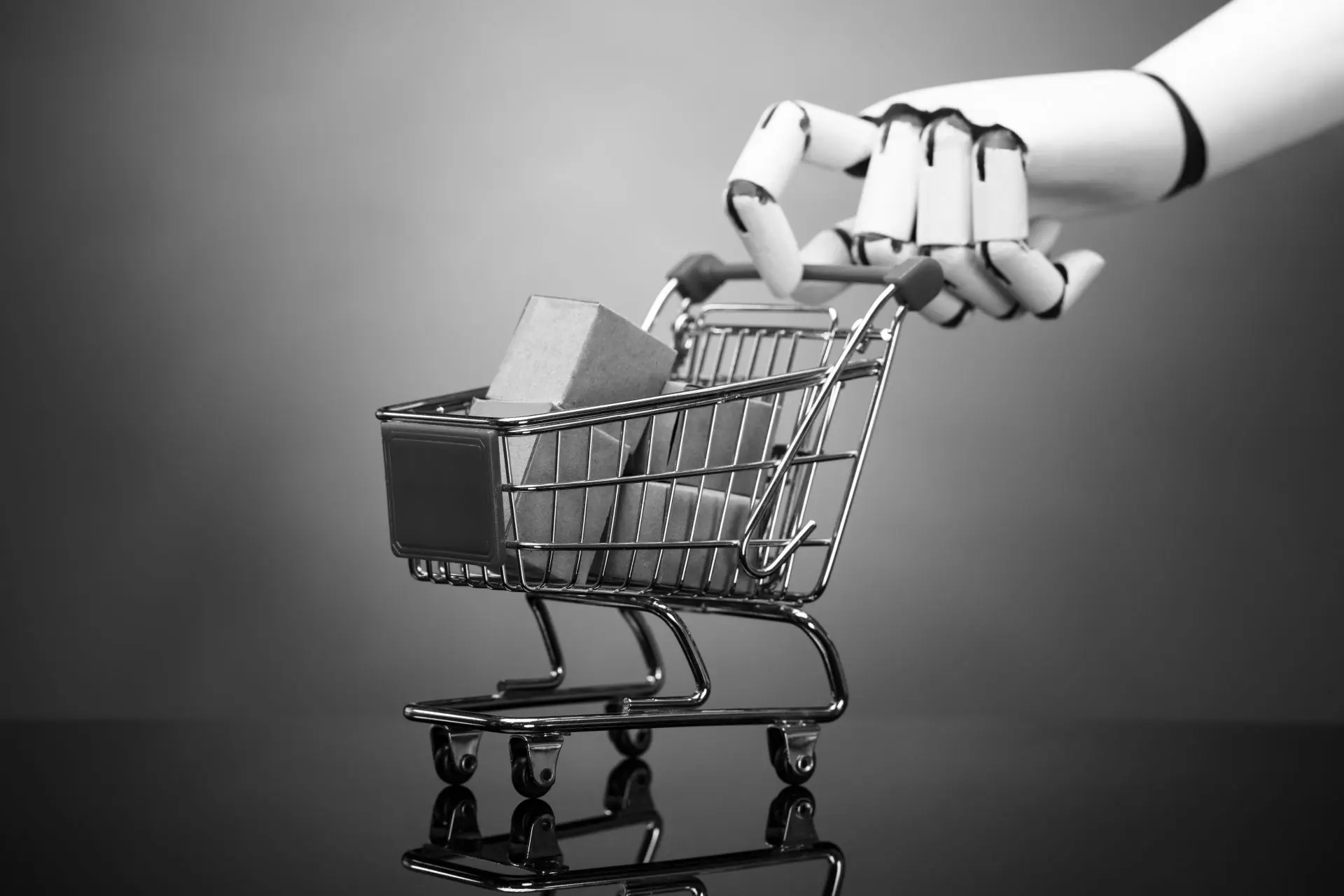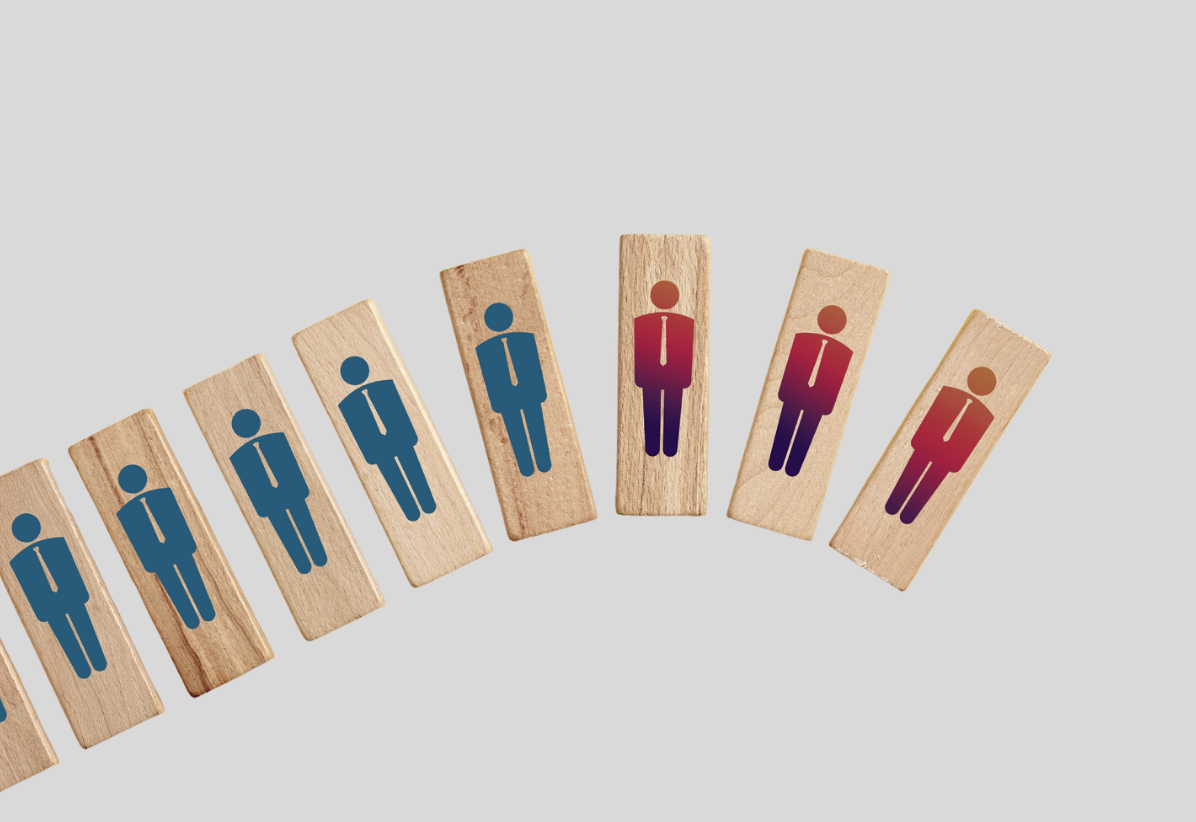How AI Creates Great Customer Experiences in Retail
The application of AI can boost many of the processes necessary to create great customer experiences in retail....

Through the power of AI, retail organisations can boost customer experience, develop meaningful relationships and increase revenue. In recent studies, retail ranked among the top industries predicted to be most impacted by AI. This comes as no surprise.
Escalated by the global pandemic, e-commerce has grown significantly worldwide. In fact, UK e-commerce saw 10 years worth of growth in a mere 3 months when countries went into lockdown. But where does AI come into all of this?
Well, with huge shifts in consumer behaviour, customer journeys are becoming increasingly complex. Brands have more touchpoints with customers than ever before. This means more data that can be collected! And with more data points this is where AI can get to work to find industry solutions to complex problems.
In this use case example, we’ll explore how retailers harness the power of AI adoption to stay competitive.
What are the problems AI can focus on in Retail?
Firstly, the business needs to assess what problem AI can fix. Think of problem areas like:
- Customer-led innovation
- Customer engagement
- Linking in-store and online experience
- Adaptive distribution chains
AI can help in a number of these areas! From chatbots to assist with customer service to Supply Chain Management and Logistics. For the purpose of this blog, we’ll focus on one topical problem – linking the in-store and online experience. Something invaluable for retail businesses as customers become increasingly more omni-channel oriented.
How can AI link in-store and online experiences?
Using AI, companies can meaningfully connect customers in store and online experiences. How? Hyper-personalised recommender systems.
Take the fashion industry for example. A recommender system can use:
- Tag price
- Metadata
- Visual Similarity (style)
The most interesting one here is style! So, what can a customer journey look like now?
Customers make their in-store purchase, give their email communications for receipt of purchase, and can then be targeted with a data-rich next best purchase option.
How AI helps to capture style?
Recommender systems are no new phenomenon – frequently seen on Amazon or to queue up your next Youtube video and Netflix suggestions. However, what can help a fashion company create a real competitive advantage? Capitalising on AI to use visual similarity to develop customer insights!
This involves a database of items with three types of data for each item:
- Tag – price
- Metadata – numbers related to size, availability etc.
- Pictures related to the item
As the only visual type of data – and therefore most complex – we’ll focus on how data from the picture related to the item is used to predict customer style preferences.
In a standard photo of a fashion retailer, we can pinpoint clothing items such as shoes, pants, jacket and top. In order for the Machine Learning system to meaningfully understand the image, visual attributes to describe these items need to be fed to the AI model:
- Colour
- Colour combination
- Fitting
- Length
Are all attributes which can help determine the style? Combined with price & keywords (sport, fit) using the visual here helps enrich what we can learn about customers style preferences.
Why do retailers benefit from this AI adoption?
Well, once the retailers know the features described above they can automatically design AI to extract them. This is how the process might benefit the business:
- Customer purchases an item
- System extracts features from the image
- System extracts gestures relating to price, keywords and all metadata
- AI scans database of existing items using all this data
- Recommendation is made to customer for other item they might like
Call it micro-targeting or aesthetic preference analysis – powerful recommendations based on data that captures unique insights into customer’s style.
So what’s the key ingredient that differentiates this recommender system from an Amazon product suggestion? Computer Vision – and more specifically how an image is often worth more than a thousand words.
Final thoughts
Simply put, a retail business uses AI to scan a database of items gathered to see how some items bought are related. Then action can be taken to use these rich insights.
By taking an image with similar attributes, clients can be directly emailed images.
What does it mean?
- Customers are reached with hyper-personalised recommendations
- Different options with offline and online customer journey’s are beta-tested
- Pipeline is fully data-driven
Overall, the possibility of Machine learning and computer vision in this use case is extremely granular. Specific information can be extracted and analysed from images and information in images to provide better recommendations than ever before.
Like to keep up to date with the latest in AI news? Sign up to our dedicated AI newsletter today for the latest research, trends, and innovations in AI delivered straight to your inbox.



